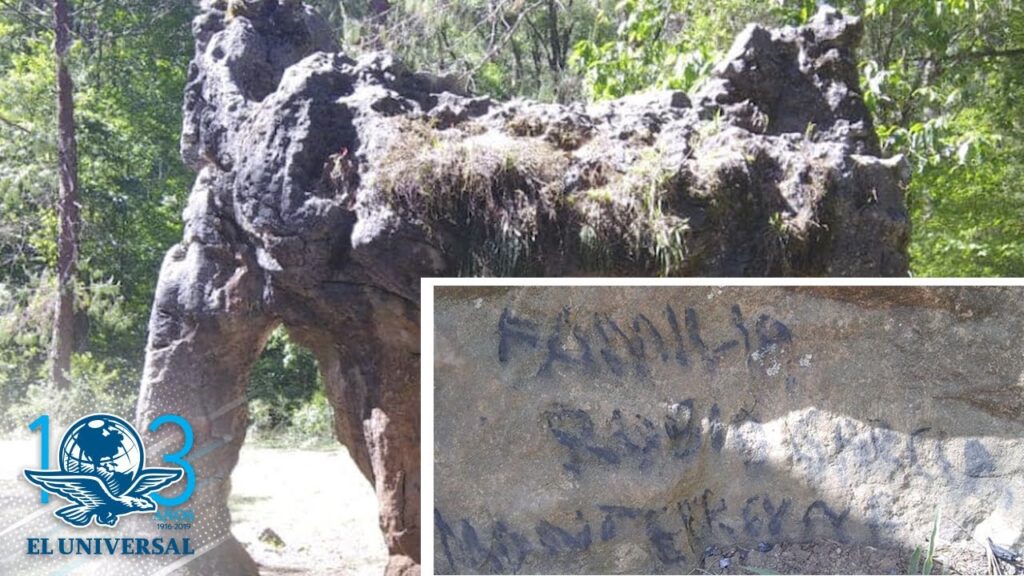Unveiling the Mystery of Obsidian Mirrors in Mesoamerican Culture
Within the ancient societies of Mesoamerica, the obsidian mirror was a symbol of enigma and foresight, connecting the terrestrial world to the spiritual realm. The obsidian, a volcanic glass that reveals a dark, reflective surface when polished, was considered by many indigenous civilizations such as the Aztecs and the Maya as a powerful mystical tool. These mirrors were not merely objects of household utility but were believed to enable communication with gods, provide insights into the future, and even delve into the unknown depths of the human soul.
The Symbolism and Use of Obsidian Mirrors
In Mesoamerican culture, obsidian mirrors were attributed a variety of metaphysical properties and were integral to numerous ceremonial rituals. Priests and shamans held the mirrors in high esteem, employing them as conduits to “see” beyond the limitations of the mortal eye. For instance, divination practices, which were prevalent across different tribes, often invoked the use of these mirrors for prophecy and guidance. Moreover, the reflective nature of obsidian was emblematic of the fluid barrier between life and death, playing a pivotal role in contacting ancestral spirits and deciphering dreams.
The craftsmanship involved in the creation of obsidian mirrors was a testament to the sophistication of Mesoamerican artisans. Each piece was meticulously shaped and polished, transforming a raw element of Earth into a vital spiritual instrument. The mirrors varied in size, but all were revered for their clear, profound reflection. Not only were they seen as objects of spiritual significance, but they were also valued for their beauty and the skill required to manufacture them. The artistry was so precise that some mirrors have retained their reflective quality for thousands of years, withstanding the test of time.
Ceremonial and Personal Significance
Used in ceremonies and personal reflection alike, the obsidian mirror held a special place in the day-to-day lives of Mesoamericans. Their presence at sacred sites and burial grounds remains evidence of their ceremonial significance. Yet, it was not uncommon for individuals to possess personal mirrors, which they would use for self-contemplation and to seek a deeper understanding of their place within the cosmos. These practices illustrate the depth of Mesoamerican cosmology, wherein objects from the natural world were harnessed for their intrinsic power and woven into the spiritual tapestry of life. Obsidian mirrors, by enabling this connection between the tangible and the intangible, remain a fascinating aspect of this rich cultural heritage.
Exploring the Ancient Art of Divination with Obsidian Mirrors
Mexico, a land steeped in rich history and culture, is also home to a mystical tradition that dates back to the time of the Aztecs – the enigmatic practice of divination using obsidian mirrors. This ancient technique was not merely a form of fortune-telling but an integral part of their spiritual life. The obsidian mirror, known for its reflective, blackened surface, was believed to reveal the hidden and the unknown, acting as a gateway to other realms.
Diviners, or tlacatecolotl as they were called by the Nahuatl-speaking people, were revered and feared for their ability to commune with deities and spirits. The mirrors themselves were crafted with utmost precision and care, often associated with the god Tezcatlipoca, whose name translates to “Smoking Mirror.” Obsidian, a naturally occurring volcanic glass, was chosen for its clarity and its connection with the earth’s raw power.
The process of divination with an obsidian mirror involved various rituals and preparations. The diviner would enter a trance, either through self-induced hypnosis or by the use of natural hallucinogens. In the meditative state, visions were said to appear within the mirror’s depths, providing guidance, prophecies, or warnings. Each vision was interpreted with a profound understanding of the symbols and messages purportedly delivered by the gods.
Today, this age-old practice still fascinates and attracts those who are drawn to the mystique of Mexico’s ancient cultures. Modern seekers and practitioners continue to use obsidian mirrors, not only to connect with the past but also to look inward and explore the depths of their own psyche. While the art of divination with these mirrors may no longer hold the same religious significance, it remains a curious and evocative bridge to a time when the divine and earthly were intimately entwined.
The Role of Obsidian Mirrors in Predicting the Future of Mesoamerican Peoples
The ancient Mesoamerican civilizations, including the Aztecs and the Maya, held a deep fascination with obsidian. Among the many uses of this volcanic glass, obsidian mirrors were particularly significant in the realm of divination and ritual. These mirrors were not only polished, reflective surfaces but also tools for soothsayers and priests to connect with the divine. The belief was that through the mirror’s reflective qualities, seers could glimpse into the realm of the gods and access insights into the future, guiding the rulers and communities in their decision-making processes.
Obsidian mirrors were intricately crafted and often associated with Tezcatlipoca, the “Smoking Mirror,” an Aztec god who represented the omnipotent force of the night sky, memory, and time. The deity’s connection with these mirrors underscores their perceived power and the importance of foresight in Mesoamerican culture. It was not uncommon for priests to engage in elaborate rituals involving obsidian in an attempt to predict the outcomes of wars, harvests, and even celestial events. The durability and sharpness of obsidian were seen as metaphorical virtues, representing clarity and precision in prophecy.
The practice of scrying, or staring intently into the mirror to catch mystical visions, was a specialized art that required years of spiritual training. These practices were shrouded in mystery and regarded with a mixture of fear and reverence by the common people. Acquiring predictions from obsidian mirrors often involved complex ceremonies and interpretations that were open to the spiritual interpretations of the seer. As a result, the judgments and visions that emerged from the encounters with the mirror were highly influential, affecting not just individual lives but the very direction of empires and the fate of peoples in the vast Mesoamerican landscape.
Obsidian Mirrors: Sacred Instruments of Mesoamerican Soothsayers
The ancient Mesoamerican civilizations, such as the Aztecs and the Mayans, held obsidian mirrors in high regard for their mystical and divinatory properties. These sophisticated instruments were crafted with remarkable skill, allowing soothsayers and priests to gaze into them for insights and revelations. The mirrors were not merely reflective surfaces; they were believed to be portals to other realms, connecting the physical world with the spiritual.
Obsidian, a naturally occurring volcanic glass, was a material of great significance to these cultures. Its dark, glossy surface provided the perfect medium for scrying, a practice where seers would interpret visions or messages from the gods. The art of creating these sacred mirrors involved a precise technique that enhanced their mystical attributes. Symbolic carvings often adorned their peripheries, adding to their sacredness and imbuing them with various spiritual significances depending on the deity or ritual associated with the mirror.
The soothsayers, revered as individuals with the power to connect with the divine, held the obsidian mirrors in great esteem. These mirrors played a central role in rituals of foresight and divination. They were also used to conduct ceremonies for healing and communicating with ancestors. Even today, the allure of these obsidian mirrors fascinates scholars and spiritual seekers alike, maintaining their status as enigmatic symbols of Mesoamerican spirituality.



